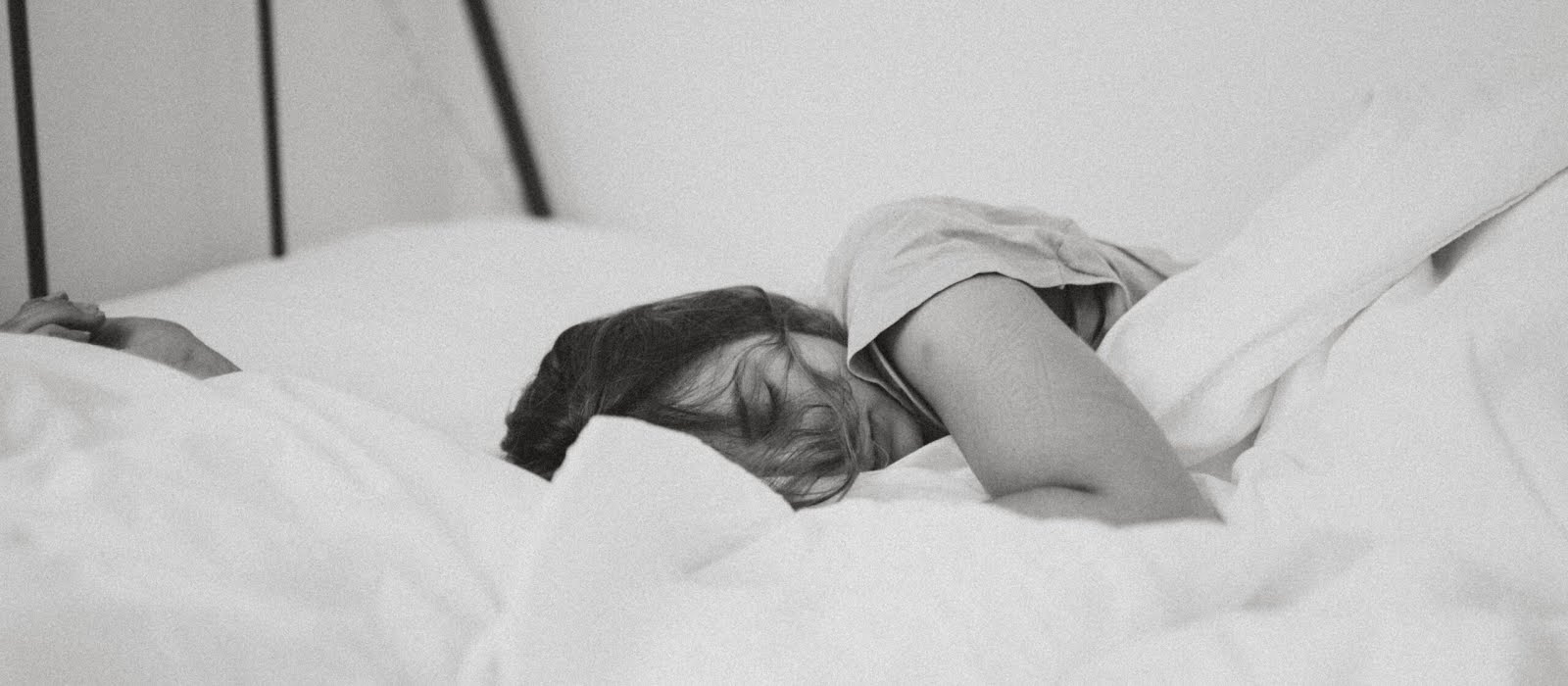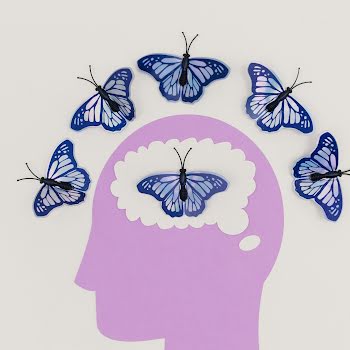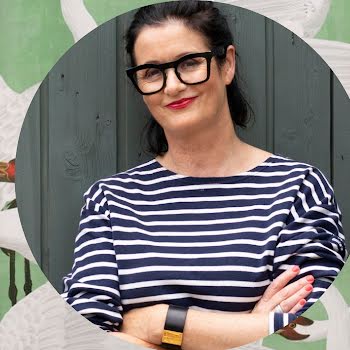Unsplash
‘Sleeptember’ and how to create an adult bedtime routine that actually works
As a month often associated with new beginnings, it’s only normal that our bedtime routines would factor into the equation too. Sleep expert Tom Coleman is here to tell us why “Sleeptember” is so important.
Qualified in health science, nutrition and exercise physiology, Tom has spent years working in sleep analysis and how it links to health and wellbeing. “We should be spending 36% of our lives sleeping, the most time humans will dedicate to any one single biological activity,” Tom says.
Is it any surprise then that good quality sleep is recognised as a key component in the success and performance of elite athletes, military personnel and top business people? That would be a resounding no.
“From immunity to body composition, emotional health and cognitive function, our brain reboots as we sleep, and tissue repair occurs. Sleep is regarded as a powerful health-promoting behaviour that can be harnessed by everyone,” he continues.
Teaming up with Des Kelly Interiors, where Tom works as a consultant, for Sleeptember, the campaign – which is designed to provide advice on good sleep and its health benefits – comes as many people try to get back into a routine.
Between kids returning to school, workers gearing up to head back to the office and the news that public health restrictions are almost all but over, there are lots of life distractions to keep us awake… but, the restorative power of a good sleep is unmatched and it’s actually the key to everything else falling into place too.
Tom shared his expertise with us on all matters relating to sleep – including how to establish a healthy nighttime routine, whether napping is ok and what to do if snoozing your alarm has become all too common a habit.
How to create a healthy bedtime routine
Sleep is “the ultimate act of self-care” according to Tom. “It should be a priority in our lives. In order to transition from our demanding and busy daytime lives into restful and restorative sleep, we really need a routine, a ritual that makes that transition seamless and relaxing.
“Many people arrive in bed, wired and tired thinking of the busy day they have had, with a to-do list in their head and may be also looking ahead to another busy day. This is not conducive to sleep. Your sleep quality and ability to fall asleep will be informed by everything you do during the day.”
Creating a healthy bedtime routine starts way before you actually hop under the covers though. Factors such as how much caffeine you’ve had, whether you’ve been outside/exercised and stress all come into play.
Activity Wind Down
We need to realize that we cannot just keep going and then suddenly “switch off”. It needs to be a gradual process and we need to taper down activity on all levels – physically, cognitively and emotionally speaking. What does he advise? “As evening comes in, start to disconnect from work, demands, social media and other activities which require thoughts, energy and attention for the future. Check in with yourself and start to surrender the day mentally – tomorrow will come soon enough. Stop checking emails, phones and devices for anything to do with work.”
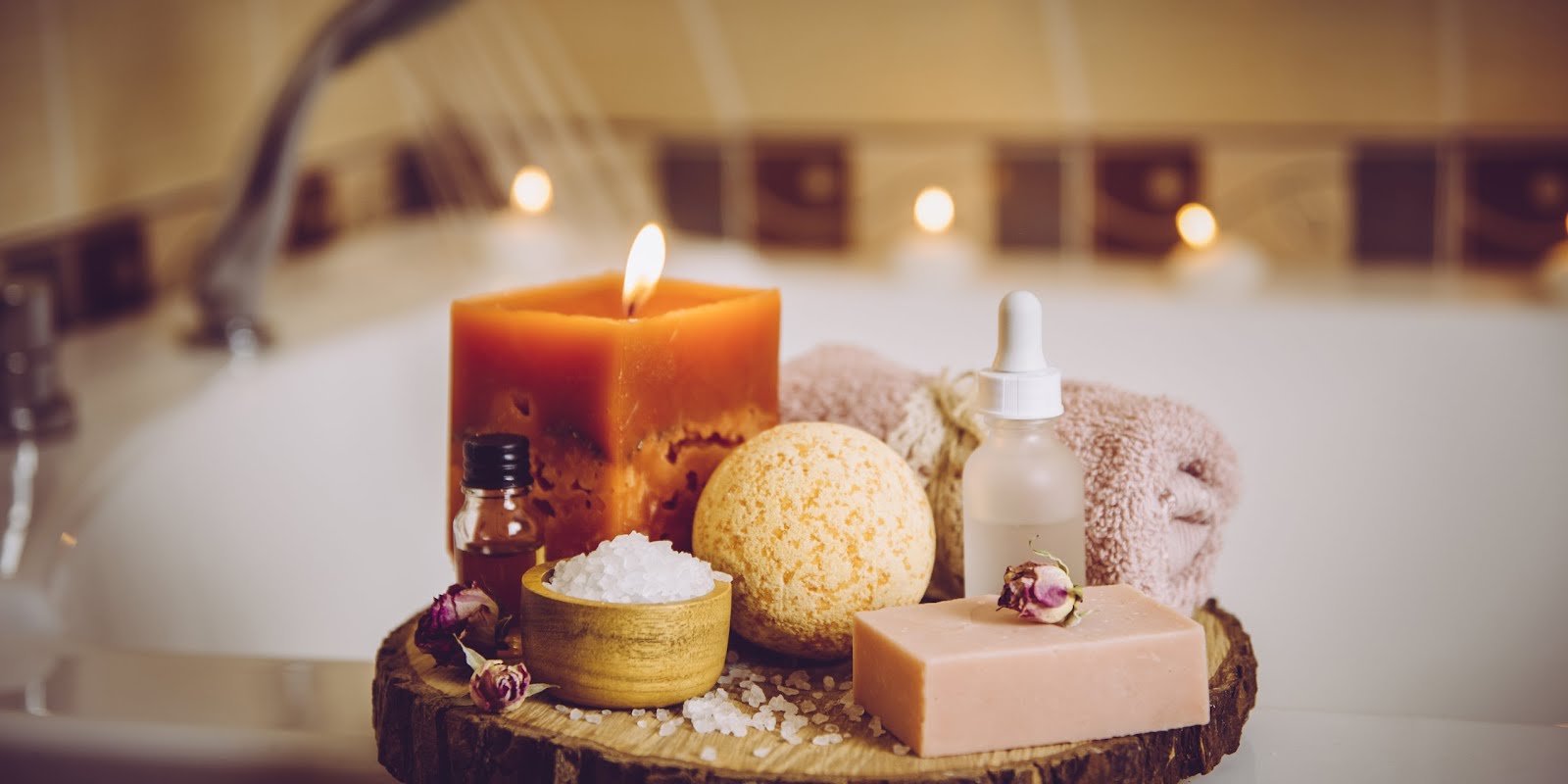
Nourish yourself
Ensuring that you’re eating a balanced diet is another important step in helping you create a bedtime routine that works. Ideally, you should have your last snack a couple of hours before heading to bed; one that contains some complex carbohydrates if possible as this will help to induce sleep. Have a warm bath or shower which will help to relax you and create a rebound cooling effect in the body increasing the production of melatonin. Tom also advocates for a designated nighttime cleansing ritual.
Your sleep haven
All of the above is concerned more with the lead-up to your bedtime. What about where you actually sleep though? Naturally, that plays a big part in the quality of your sleep and contributes to both your comfort and mental relaxation too.
Tom recommends imagining a “sensory haven for sleep”. “Fresh clean sheets, soft bed covers, a really comfortable mattress and a room which is conducive to sleep. Get rid of all the clutter, create space for sleep. Clutter creates background stress. Your bedroom should be cool 18-20 degrees and ideally dark – excess light shuts down melatonin. A silk eye mask will cut out any residual light.” In other words, create a space that you’ll actually want to get some shut-eye in.
Tea & tech
While caffeine before bed isn’t recommended, one or two tactical swaps mean you can still have your evening cuppa; herbal tea can be quite helpful in inducing sleepiness, for example. If you bring your phone to bed, make sure that you’re not using it to aimlessly scroll through social media, but listen to meditative music or sounds instead. Even a podcast will do (so long as it’s not a chilling true crime one that will terrify you half to death!)
The key is to “be present”. “Establish this wind-down routine and practice it every night for a few weeks,” Tom later added. “Find what works for you and be as consistent as you can.”
All of that is well and good… but how do you know how much sleep you need? Unsurprisingly, that varies from person to person. “Each of us has a circadian rhythm which determines our sleep/wake cycles and other functions and processes in the body,” as Tom put it.
“We also need external cues like light, heat and food to regulate and inform this natural rhythm. Some people are naturally early risers and others night owls. Sleep requirements and habits are personal. The recommendation for sleep is 7.5 hours for most adults which equates to five 90-minute cycles. Some people require more and others less. Going to bed and getting up at the same time anchors your circadian rhythm and establishes ‘sleep regularity’”. So, again, consistency is key.
It sounds obvious, but listening to your body will tell you a whole lot about whether your current routine is working. “Try to find the sweet spot for the natural lull in energy and set up your routine around that. If you wake up and still feel tired, then go to bed earlier! You train your brain, you establish the habits. A great way to find out how much sleep you really need is to get up at the same time every day and gauge how you feel. If you still feel like you need more then gradually go to bed earlier. No more than 30 minutes per night. I recommend people establish a new bedtime and stick to it for a week,” Tom says.
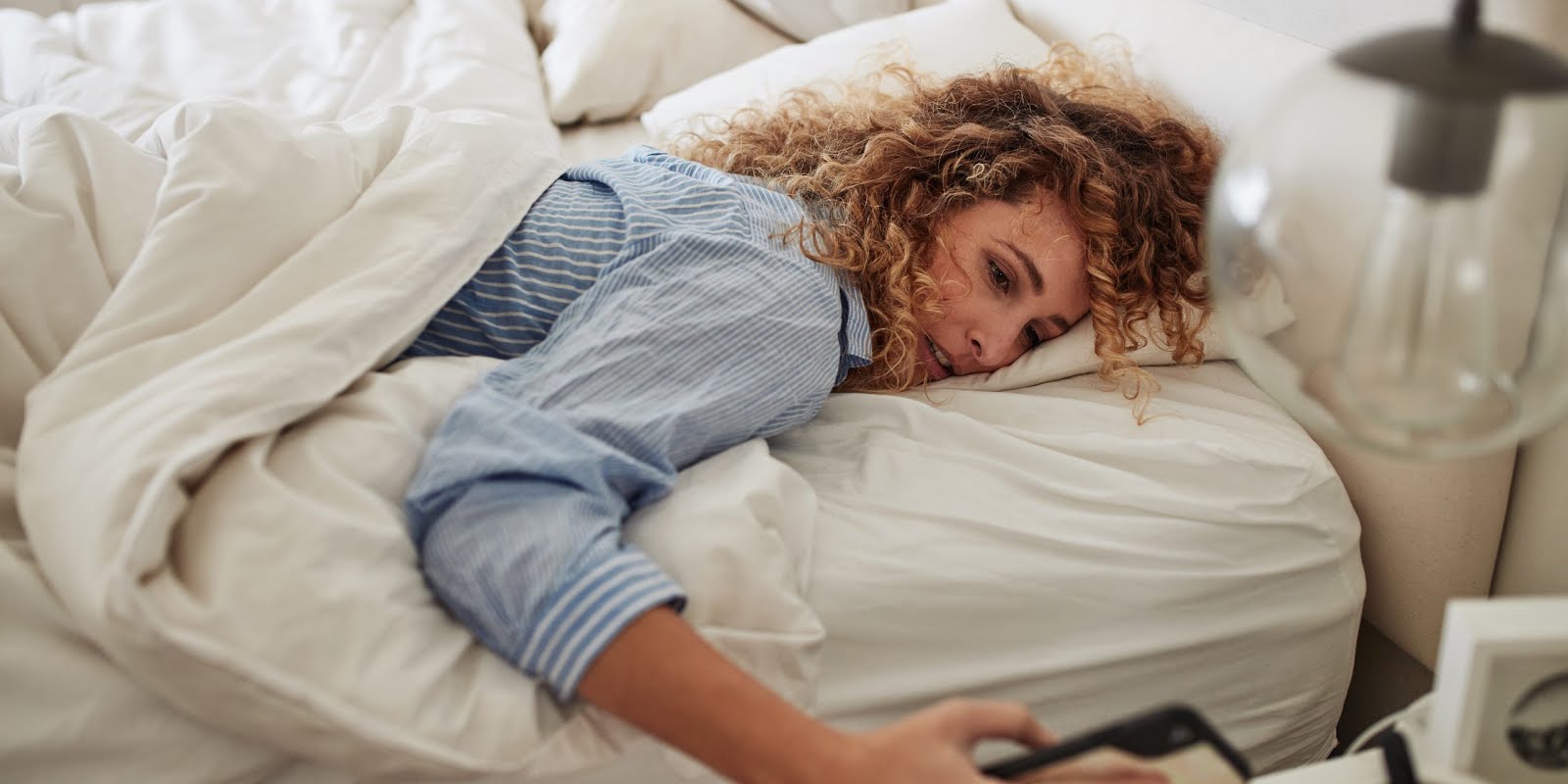
Reverse snooze buttons
As for snoozing your alarm. That’s another telling sign that you’re not getting enough sleep. The solution? Setting a series of “reverse snooze buttons”. These are a series of reminders the evening before which tell you to switch off, wind down and go to bed. “Another game-changer for sleep is to get outside shortly after waking up”, Tom claims. “This anchors your sleep, increases the cortisol activation response and sets a timer for melatonin later that evening. Getting up on your first alarm and getting outside will encourage sleep pressure later that evening and so influence your ability to fall asleep earlier.” Easier said than done though, I’m sure you’ll agree.
Cat naps
Does that mean naps are out? Not necessarily. “We have natural dips in our energy levels. These are in-built in our circadian rhythm. They occur mid-morning, mid-afternoon, and mid-evening. The body’s intrinsic mechanism for downtime,” Tom continues.
So how long is ideal? “According to NASA research, the ideal nap time is 26 minutes. As we sleep in 90-minute cycles transitioning from light to deep sleep, anything that goes over 30 minutes will put you into the deeper phases of sleep. If you wake from these, you will feel more tired, and it will take longer to wake up. Short naps are very beneficial for our mental and physical health and performance.”
Just as your own sleep routine is personal, so too is napping. While some people thrive off them, others find them disruptive to their natural bedtime habits. If you do decide to close your eyes for a bit during the day, be sure to leave at least eight hours between your nap and when you plan on going to bed.
Now you know the info, putting it into practice is the next step. Des Kelly Interiors has a range of different sales and offers on beds to help you in the pursuit of a good night’s sleep. In other good news, he’ll also be donating part of Sleeptember’s proceeds to Focus Ireland too, so your money will go to good use in more ways than one.
Feature image by Kinga Howard on Unsplash











